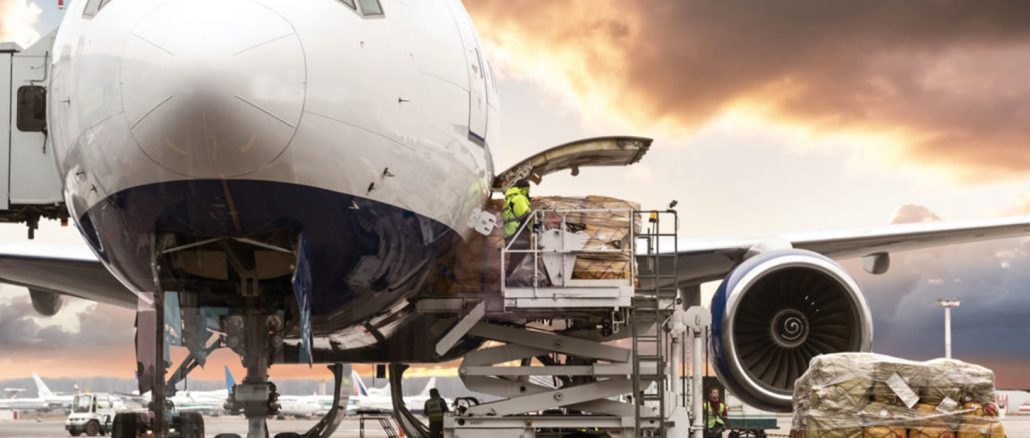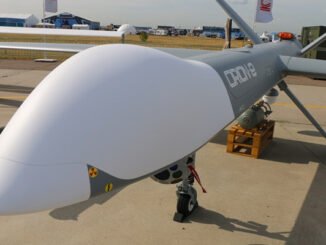
The International Air Transport Association (IATA) released data for global air freight markets in August showing that improvement remains slow amid insufficient capacity.
Demand moved slightly in a positive direction month-on-month; however, levels remain depressed compared to 2019.
Improvement continues at a slower pace than some of the traditional leading indicators would suggest. This is due to the capacity constraint from the loss of available belly cargo space as passenger aircraft remain parked.
Belly capacity for international air cargo was 67% below the levels of August 2019 owing to the withdrawal of passenger services amid the COVID-19 pandemic. This was partially offset by a 28.1% increase in dedicated freighter capacity. Daily widebody freighter utilization is close to 11 hours per day, the highest levels since these figures have been tracked in 2012.
“Air cargo demand improved by 1.8 percentage points in August compared to July,” said Alexandre de Juniac, IATA’s CEO.
“That’s still down 12.6% on previous year levels and well below the 5.1% improvement in the manufacturing PMI. Improvement is being stalled by capacity constraints as large parts of the passenger fleet, which normally carries 50% of all cargo, remain grounded.
“The peak season for air cargo will start in the coming weeks, but with severe capacity constraints shippers may look to alternatives such as ocean and rail to keep the global economy moving,”
Middle Eastern carriers reported a decline of 6.8% in year-on-year international cargo volumes in August, a significant improvement from the 15.1% fall in July.
Regional airlines have aggressively added capacity in the last few months with international capacity improving from a 42% fall at the trough in April, to a decline of 24.2% in August, the most resilient of all regions.
Demand on trade routes to and from Asia and North America remained strong with demand down 3.3% and up 2.3% respectively year-on-year.




